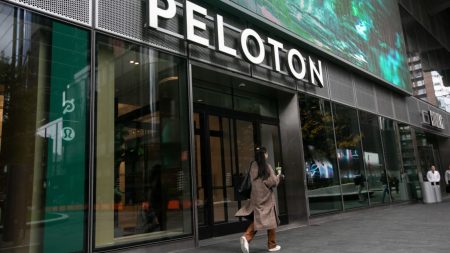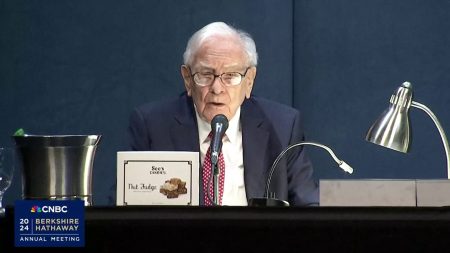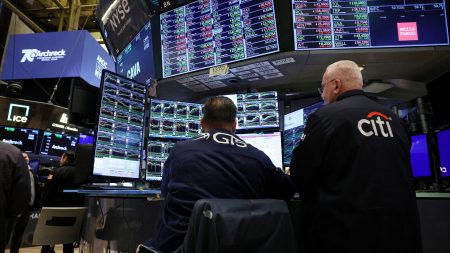Luxury sports car maker Aston Martin experienced a sharp drop in shares following unexpected first-quarter losses, but the stock stabilized as analysts remained positive about the company’s long-term prospects. The company reported adjusted pre-tax losses of £111 million, compared to £57 million in the same period last year, with sales declining by 10% to £268 million. Despite this, Aston Martin’s shares recovered after initially dropping by 14%.
The company stated that it expects a similar performance in the current quarter, with improvements anticipated in the second half as deliveries of new products like the V12 flagship sports car pick up pace. Aston Martin has faced challenges with deliveries due to software issues, resulting in a 26% decline in deliveries in the first quarter. Deliveries of the DBX SUV also dropped as buyers waited for an expected facelift. Chairman Lawrence Stroll mentioned that all software problems have been resolved, indicating a more positive outlook moving forward.
Aston Martin’s near and medium-term forecasts include raising annual sales to £2.5 billion within four years, along with an EBITDA target of £800 million. They aim to sell 17,000 sports cars and SUVs annually, with the DBX accounting for almost half of the 6,620 vehicles sold in 2023. Despite the losses in the first quarter, the company plans to introduce new models such as a refreshed DBX SUV, which is expected to boost demand and contribute to future growth.
Analysts have expressed mixed opinions on Aston Martin’s performance, with concerns about the significant drop in DBX sales. Charles Tennant highlighted the ongoing transformation of the company as a cause for worry, but also noted the potential for increased demand with the introduction of new models. Bernstein Research analyst Harry Martin believes that the improved model lineup and the appointment of a new CEO in the fall will have a positive impact on average selling prices and profit margins in the second half of the year.
Aston Martin has faced liquidity concerns in the past, prompting Chairman Stroll to seek additional capital from shareholders like Saudi Arabia’s Public Investment Fund. The company has made progress in reducing losses, halving its losses in the previous year. With the appointment of Adrian Hallmark as CEO and a focus on plug-in hybrids over battery electric cars until 2026, Aston Martin is striving to navigate the challenges in the evolving automotive market. As investors await updates on manufacturing progress and cash flow, the company aims to stay on track with its long-term goals and maintain its position in the luxury sports car market.















